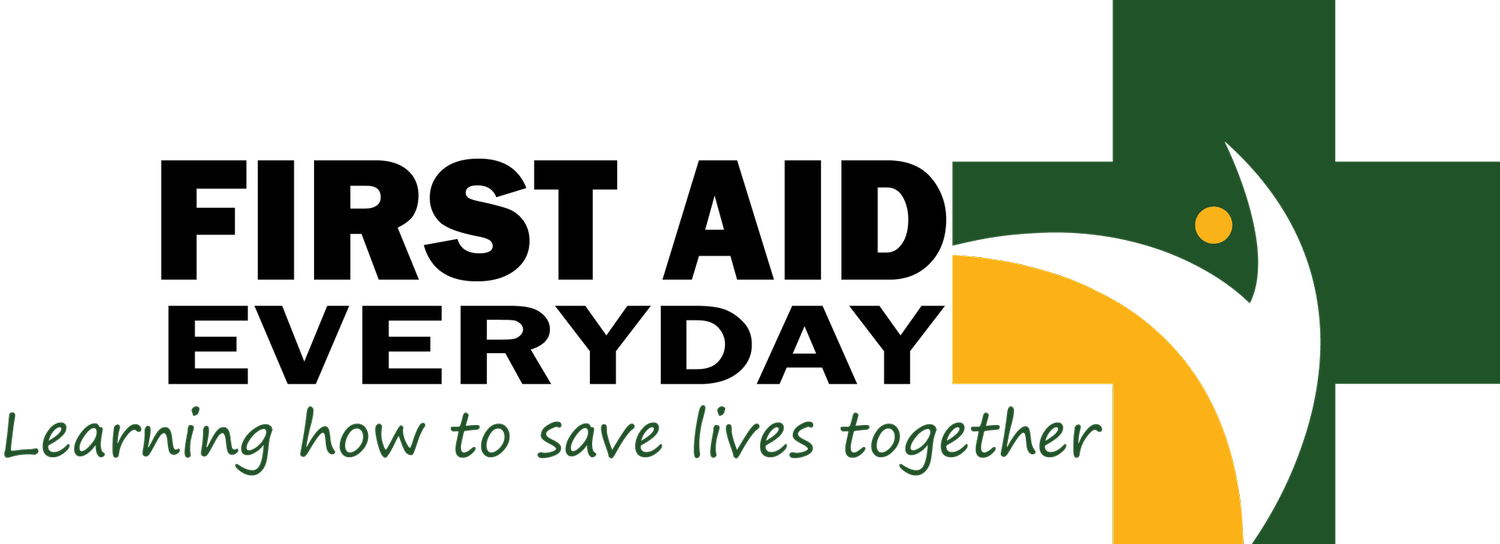Do you know the warning signs of a stroke?
Have you heard of someone having a “Stroke”. What does this mean, how can we recognise this and how should we respond?
Well in this month’s blog, we will explore common and uncommon signs of someone having a stroke and how we should assist this person. To begin with let us define what a stroke is. A stroke is when blood supply to the brain is interrupted, either completely or partially. There are two (2) types of strokes, a haemorrhagic stroke or a stroke caused by a clot.
If the casualty is having a haemorrhagic stroke, this means that an artery/vein has ruptured, and blood is now leaking into the skull. As the skull fills with blood this causing brain tissue to compress with further injury occurring. If this type of stroke isn’t recognised and treated quickly the chances of recovery are slim.
If blood flow is obstructed or stopped by a clot, the area of the brain that is past this point will not receive the blood it requires to function normally and that part of the brain will start to die. Once again if this isn’t treated quickly by Paramedics/Hospital staff, then the casualty’s chances of survival also decrease.
Common signs of a stroke can be identified by using the F.A.S.T mnemonic, where F- Facial drooping, A- Arm weakness, S-speech slurring, T-time signs/symptoms commenced. Any positive sign identified using F.A.S.T. should alert the First Aider towards calling 000 in Australia and asking for Ambulance. Uncommon signs can be loss of balance, dizziness, confusion, nausea or vomiting to name a few.
If in doubt it is best to have the person seek medical help as soon as possible. The sooner treatment can commence the better their chances of not suffering long term disability and/or death.
As a first aider we would as always use the DRSABCD action plan and if the patient is conscious, we would get them to rest, reassure and stay with them until help arrives. If they become unconscious and are breathing place them in the recovery position. If they are unconscious and not breathing or breathing abnormally than we would commence CPR and attach a defibrillator as soon as it becomes available.
Strokes can occur quickly, or they can develop slowly over minutes to hours, either way the sooner help is received the better the chances of recovering from it. Every second is important.
